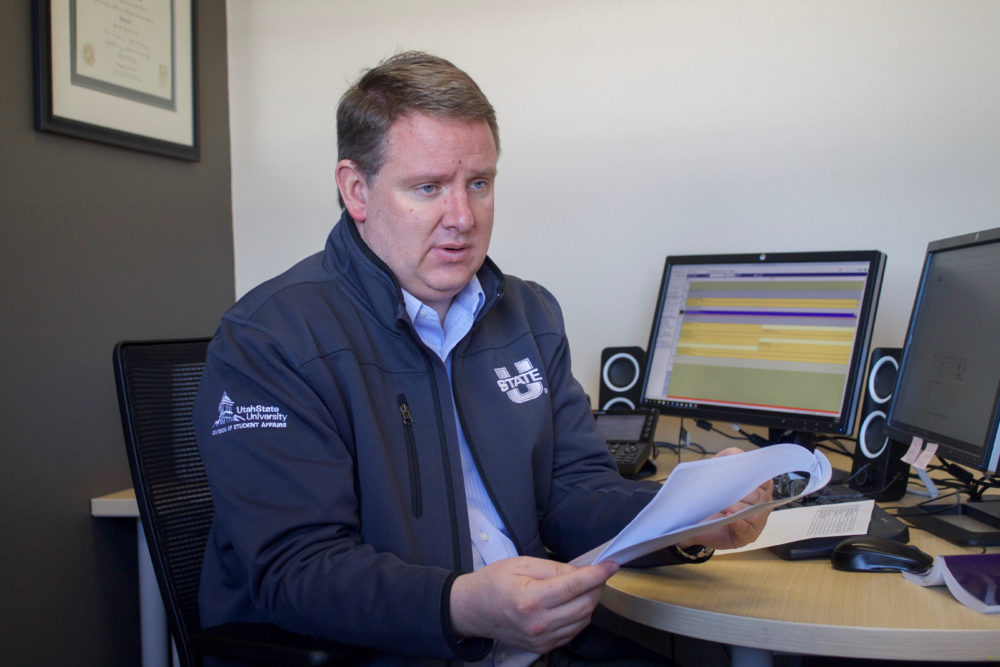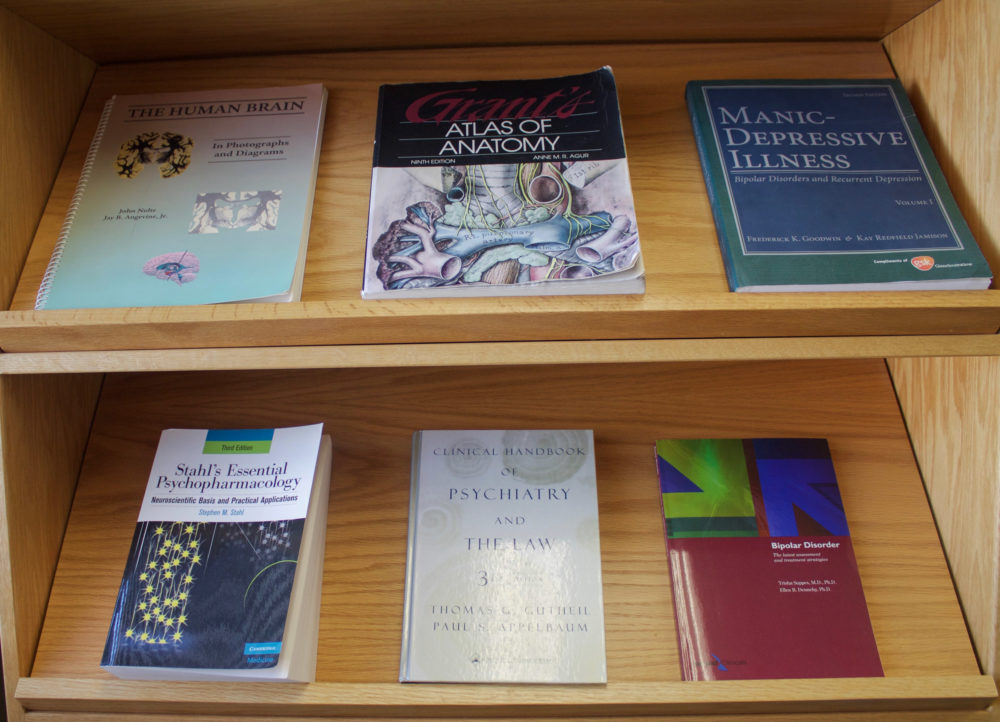Compulsive obsessions: Students and therapists discuss what its like to live with OCD
“I wish people knew that just because I have OCD, it doesn’t mean I am crazy,” Megan* said. “I just have anxiety and tendencies that people might not understand. It’s something that we can overcome.”
At nine years old, Megan was diagnosed with obsessive-compulsive disorder.
“The ritual I struggled with was if I went in a door, I would have to go out of that exact same door. If I didn’t do it, it would give me a lot of anxiety,” Megan said.
She started seeing a therapist at age 14 that specifically dealt with OCD.
“I didn’t want it to control my life anymore. It gives you a lot of anxiety and it can be extremely frustrating. You don’t want to have these tendencies,” Megan said.
Megan has developed the ability to handle her intrusive thoughts, but there can still be struggles.
“I find that sometimes I will still have the tendency to think those thoughts, but I’ve learned how to push them aside,” Megan said. “You have to work with your mind to talk yourself through it and recognize that it is a OCD thought.”
Obsessive-compulsive disorder is a mental health disorder characterized by intrusive thoughts they cannot control. It involves two different components which include obsessions and compulsions.
 Rilee Scoresby
Rilee Scoresby Dr Brian Merrill in the Student Health and wellness center who helps treat students with OCD teaches us about symptoms of the various types of OCD
Brian Merrill, a psychiatrist, said, “Diagnosis is made when the patient falls in this category of intrusive doubts and it interferes with their capacity to function. Some people spend 100 percent of the time thinking these thoughts, but for others it’s only a couple minutes.”
The spectrum of OCD is broad and includes examples such as hypochondria (anxiety about one’s health), mysophobia (the fear of germs) and constant worrying.
Those with OCD may be triggered by things that others find routine. Merrill explained that while it is normal for a person to check that they turned off the lights before leaving home, someone with OCD will do it compulsively. Instead of checking just once, a person with OCD will check multiple times and be “obsessing over this thought.”
So what brings OCD on? The most common trigger is being placed in stressful situations.
“People develop OCD as a way to feel like they have control in their lives when they feel in some way that their lives are out of control,” said Michelle George, a therapist at Redwood Family Therapy. “I believe the cause is often trauma or chronic high stress, which causes people to feel out of control in their lives.”
An OCD patient’s doubts can become their worst nightmare. Merrill said it is not uncommon for missionaries of The Church of Jesus Christ of Latter-day Saints to start having symptoms when faced with unexpected situations or have doubts in their faith.
“They are having doubts about something they care about a lot. What you care about will create your intrusive thoughts,” Merrill said.
Researchers have also identified a relationship between genetics and OCD. Merrill described a project going on in Scandinavia with identical twins. The twins were placed in different families and then studied to see which ones developed OCD and which ones didn’t. Twins have the exact same DNA so researchers expected both twins to develop OCD. While that was not always the case, there was a strong association.
“Generally it is genetic anxiety and a person’s predisposition,” Merrill said. “Being in a stressful situation brings it out. Once they start having these symptoms, it wears a groove in their brain.”
Merrill said the diagnosis can be uncomfortable for some patients.
“The way that I diagnose is I ask the patients about worrying,” Merrill said. “If they are honest with me, they will tell me what’s going on. It’s difficult for them to divulge because it is disturbing to them. They usually are very fearful and embarrassed that they worry about this.”
There are many ways to treat patients with OCD, ranging from medication to therapy. One of the most common therapy methods is called exposure and response.
“Clients are exposed to the thoughts, objects or whatever they’re obsessed with, and make a commitment not to engage in these behaviors or thoughts. Over time the new behavior of not obsessing becomes a habit,” George said.
 Rilee Scoresby
Rilee Scoresby Books about psychology and psychiatric disorders in Dr Merrill’s office
On campus there are several resources available to students struggling with OCD, including the Utah State Student Health Services office, Psychology Community Clinic and the Counseling and Psychological Services center.
“It’s our responsibility to stay trained on the latest treatments for OCD,” Merrill said.
Mental health is a serious subject, he said, and it is more common than most people think it is.
“As far as people coming in here for OCD conditions, it’s about 100 per year. It’s every couple days I’m going to be seeing someone with OCD,” he said. “Having disturbing or doubtful thoughts throughout the day can be a signal that you have OCD. I think it is safe to say that there is probably one-third of people who go undiagnosed.”
More information on the USU Student Health Center can be found at health.usu.edu
“The odds are that you know someone who is struggling with their mental health,” Megan said. “Showing someone you care and trying to understand them is helpful. Mental health is a serious thing. People should take it seriously and care for people that do struggle.”
*The name has been changed.
—shelby.black@aggiemail.usu.edu
@shelbsterblack

